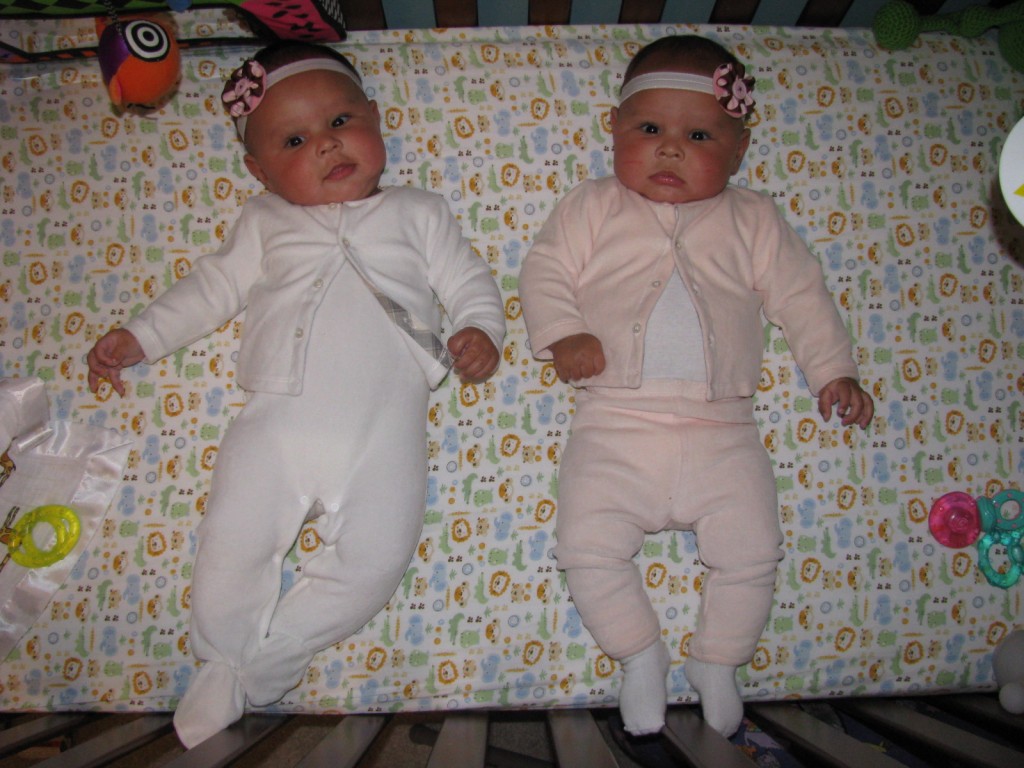The band Living Colour had a song that asked “What’s Your Favorite Color?” Many men wouldn’t hesitate in responding “Black!” or “Blue!” or “Green!” or even “Red.”
But, what if the question was posed differently: “What color would you be least likely to wear?”
To the point, I asked a few friends “What, if anything, would prevent you from wearing a pink (or yellow or a light purple) shirt, tie or other clothing item?” The responses ranged from “Masculinity” to “Nothing …if it looks good on me i’ll wear it.”
What is it about pink in fashion that puts men off? Would it surprise them to know that as recently as fifty years ago, pink was considered a boys’ color? Somehow, I bet it would.
Why have young children’s clothing styles changed so dramatically? How did we end up with two “teams”—boys in blue and girls in pink?
“It’s really a story of what happened to neutral clothing,” says Jo B. Paoletti, who has explored the meaning of children’s clothing for 30 years. For centuries, she says, children wore dainty white dresses up to age 6. “What was once a matter of practicality—you dress your baby in white dresses and diapers; white cotton can be bleached—became a matter of ‘Oh my God, if I dress my baby in the wrong thing, they’ll grow up perverted,’ ” Paoletti says.
The Straight Dope adds this bit of information:
In the 1800s most infants were dressed in white, and gender differences weren’t highlighted until well after the kids were able to walk. Both boys and girls wore dresses or short skirts until age five or six. Differences in clothing were subtle: boys’ dresses buttoned up the front, for example, while girls’ buttoned up the back. Why no attempt to discriminate further? One theory is that distinguishing boys from girls was less important than distinguishing kids from adults.
Another part of the Smithsonian article notes:
The march toward gender-specific clothes was neither linear nor rapid. Pink and blue arrived, along with other pastels, as colors for babies in the mid-19th century, yet the two colors were not promoted as gender signifiers until just before World War I—and even then, it took time for popular culture to sort things out…
…a June 1918 article from the trade publication Earnshaw’s Infants’ Department said, “The generally accepted rule is pink for the boys, and blue for the girls. The reason is that pink, being a more decided and stronger color, is more suitable for the boy, while blue, which is more delicate and dainty, is prettier for the girl.” Other sources said blue was flattering for blonds, pink for brunettes; or blue was for blue-eyed babies, pink for brown-eyed babies, according to Paoletti.
Click here to read the complete Smithsonian article.
Over the years, the idea of “this color represents this gender and that color represents that gender” has become codified in the popular mindset. Yes, I dress my daughters in pink…

…but they wear black, grey, blue and green just as – if not more – often. In fact, the lovely Sara and I opted not to know what gender the twins were until they were born. This created a flurry of “But how will we know what colors to buy if you don’t know what sex they are?!” questions from friends and family. Our answer was,”Buy whatever you like, but if you’re really worried, but things in ‘neutral’ colors – green, yellow, orange and purple.”
There is absolutely nothing wrong with wearing pink or any other color if you’re a man. My suggestion to you: “Defy convention.” Wear pink or yellow or any color you choose! Who, other than you, should care what color you choose to wear? Be bold in your fashion choices and be proud of them!
The caveat to the above is: Be aware of what colors look good with your skin tone. Not all colors look good with all complexions. The next time you’re shopping, take a few minutes to see what colors and shades work best for you, as well as which ones seem to wash out against your skin.
And if you still need a gentle but helpful push, why not consider this: Pink is the color used to show support for breast cancer awareness. Here’s some additional food for thought: Men can get breast cancer, too! So, you can show your support for breast cancer awareness and research with a little pop of color in your wardrobe!
References:
- My closet
- http://www.about.com
- http://www.breastcancerawareness.com
- http://www.smithsonianmag.com
- http://www.straightdope.com
